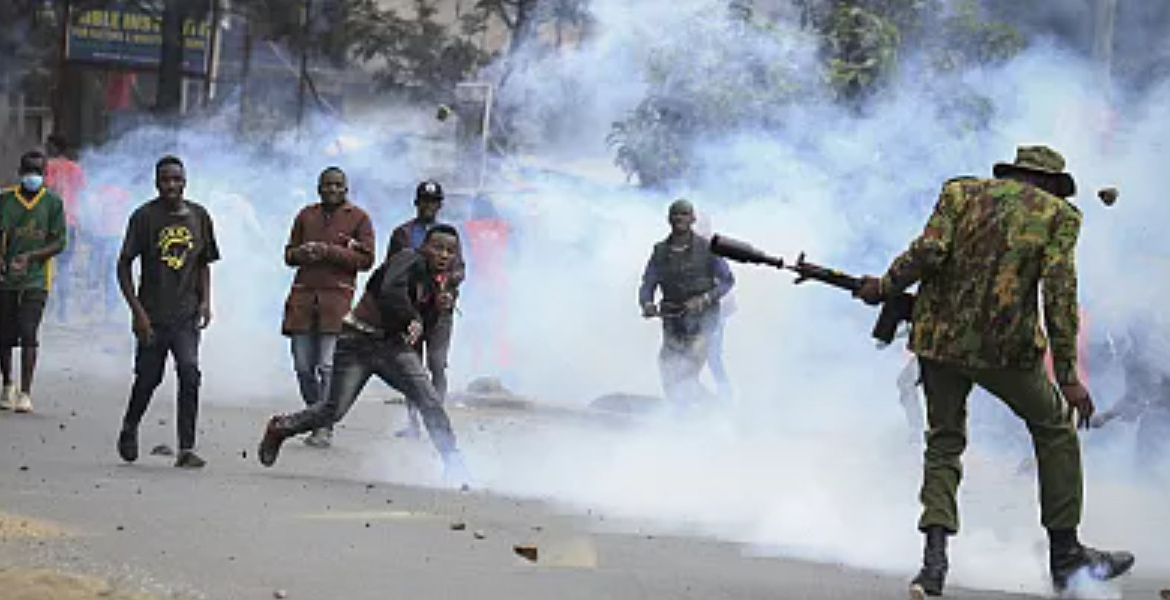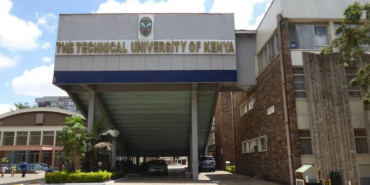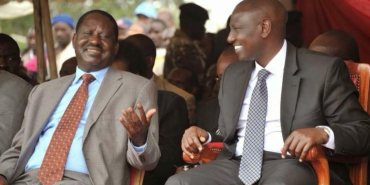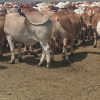Saba Saba Protests Rock 17 Counties With Deaths, Injuries and Mass Arrests

Demonstrations marking Saba Saba Day swept through at least 17 Kenyan counties on Monday, paralysing urban centres and sparking confrontations between protesters and security forces.
The widespread unrest, largely driven by youth discontent, stemmed from grievances over economic hardship, perceived government inaction, and allegations of police brutality. The protests, observed on a date historically significant to Kenya's pro-democracy movement, initially intended to be peaceful, rapidly devolved into chaos in several locations, eliciting a forceful response from law enforcement. Major urban areas, including Nairobi, experienced widespread disruption as businesses shuttered and transport networks came to a standstill.
In Nairobi, demonstrators flooded key roads and neighbourhoods, halting public transport and disrupting commercial activities. Similar scenes unfolded in Kiambu, Nakuru, Nyeri, and Machakos, where protesters erected barricades on highways using burning tyres and stones. The Karatina-Nairobi highway, a crucial route connecting Nairobi to the northeast, became impassable due to roadblocks and clashes between youths and police.
Amidst the turmoil in Karatina town, Nyeri County, at least four individuals sustained gunshot wounds during confrontations with plainclothes officers. Witnesses alleged that police used live ammunition to disperse crowds, a claim supported by medical personnel who treated the injured. Elsewhere in Meru County, violence flared in Maua town, with reports of a man shot amidst road blockades and looting. Businesses remained closed, and the main matatu terminus in Meru town was deserted.
In Makutano, Magunas Supermarket was set ablaze, while workers at Meru Dairy Factory thwarted attempts to breach the premises. North Imenti Sub-County Police Commander Ambrose Kyalo declared the protests unlawful, citing the absence of formal notification.
"We have patrolled Meru town and its environs and deployed officers in all areas prone to attacks to ensure public safety. I urge the business community to continue with their work," he said.
Kirinyaga County witnessed running battles in Ngurubani town as demonstrators barricaded the Embu-Makutano road, causing significant traffic disruption. Similar unrest occurred in Laikipia County, where Nanyuki town saw businesses closed and youths from informal settlements clashing with law enforcement in attempts to access the Central Business District. In Rumuruti town, a destructive episode unfolded as approximately 100 youths blocked the road to Nyahururu, setting fire to a county government kiosk and uprooting road signs. Although calm was restored by early afternoon, commercial activity remained suspended.
Murang'a County experienced coordinated protests with neighbouring Kirinyaga, as demonstrators erected roadblocks at the Sagana River border. Youths aboard pick-up trucks moved through Murang'a town unimpeded, while anti-riot police maintained a passive presence. Local transport officials reported that protesters demanded bribes from motorists, effectively halting travel to adjacent counties.
In Embu town, tensions escalated as demonstrators hurled stones at police, who responded with teargas.
Businesses remained closed throughout the day. The protests posed significant risks to members of the press. In Nyeri town, three journalists, James Maina and Kamau Mwangi of Royal Media Services, and Wahu Ngugi of Mediamax Network, sustained minor injuries after being assaulted by unidentified individuals while covering the unrest. The trio sought refuge in a police vehicle. During the same period, a boutique in the central business district was looted.
In Kisii town, at least five individuals were injured by arrows. Medical staff at Kisii Teaching and Referral Hospital confirmed that the victims had arrows lodged in their arms, which were successfully removed. Demonstrators began assembling early in the morning, lighting bonfires and barricading roads before engaging police. In Makueni County, Wote town was placed under tight security, with protesters prevented from entering the area. Early attempts to light bonfires were swiftly quelled by police.
In neighbouring Machakos County, demonstrators clashed with law enforcement in Machakos town and Matuu township. Teargas was deployed to disperse crowds that had blocked key streets with burning debris. Uasin Gishu County experienced some of the most intense confrontations. In Eldoret, demonstrators engaged police in running battles along the Uganda highway, attempting to loot businesses. Youths from Huruma and Shauri Yako estates joined the protests, braving heavy rainfall and chanting anti-government slogans. Police stationed at the Nyathiru area struggled to contain the unrest.
In Nakuru County, protesters barricaded the Nakuru-Nairobi Highway, disrupting transport and pelting police with stones. The unrest spread to Free Area, Naivasha town, and Karai, where law enforcement resorted to teargas to disperse crowds. Many businesses remained closed, fearing a repeat of the June 25 demonstrations, which saw widespread looting.
Former Interior Principal Secretary Karanja Kibicho issued a stark warning about the government's response to the protests, noting, "Let us listen to these young people and Kenyans at large. All is not well in this country. Responding to protesters with brutality will only escalate the situation," he said.








Add new comment